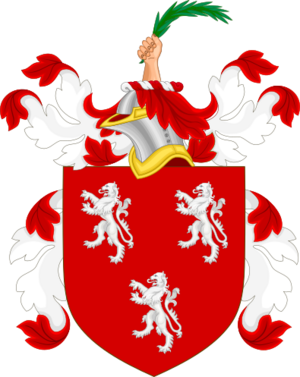George Ross (American politician) facts for kids
Quick facts for kids
George Ross
|
|
|---|---|
 |
|
| Born | May 10, 1730 |
| Died | July 14, 1779 (aged 49) Philadelphia, Pennsylvania
|
| Resting place | Christ Church Burial Ground, Philadelphia |
| Known for | signer of the United States Declaration of Independence |
| Signature | |
George Ross Jr. (born May 10, 1730 – died July 14, 1779) was an important person in early American history. He was one of the Founding Fathers. He signed two very important documents for America: the Continental Association and the United States Declaration of Independence. He represented the state of Pennsylvania.
George Ross was also the uncle of the man who married Betsy Ross, making her famous. In 1952, he was even featured on a stamp with George Washington and Robert Morris.
Early Life and Family
George Ross was born on May 10, 1730, in New Castle, Delaware. He learned at home and later studied law with his brother. After his studies, he became a lawyer in Philadelphia.
His father was Reverend George Aeneas Ross. He was a clergyman from Scotland. George's family line goes back to Farquhar Ó Beólláin. He was named the first Earl of Ross in 1226.
George had a sister named Gertrude. She married Thomas Till, whose father was a judge. After Thomas died, Gertrude married George Read. He also signed the Declaration of Independence.
His Career and Public Service

In 1750, George Ross became a lawyer in Pennsylvania. He was 20 years old. He started his own law practice in Lancaster. In 1751, he married Ann Lawler. They had two sons and a daughter.
At first, George Ross supported the King of England. He worked as a Crown prosecutor from 1768 to 1776. But he soon became unhappy with the King's policies. He started to support the American colonies. He joined the Patriots' cause.
He became a member of the Committee of Safety. This group worked to protect the colonies. He was also elected to the Continental Congress. This was a meeting of representatives from the colonies.
George Ross was a colonel in the Pennsylvania militia from 1775 to 1776. He also helped lead Pennsylvania's first constitutional convention. He was the last person from Pennsylvania to sign the Declaration of Independence.
In 1776, he worked with Native American tribes in the northwest. He also helped write a declaration of rights for Pennsylvania. He was re-elected to the Continental Congress in 1777. However, he had to resign that same year due to poor health.
In 1779, he became a judge for the Admiralty Court of Pennsylvania. He died that same year at age 49. He was buried in Christ Church Burial Ground in Philadelphia.
See also


